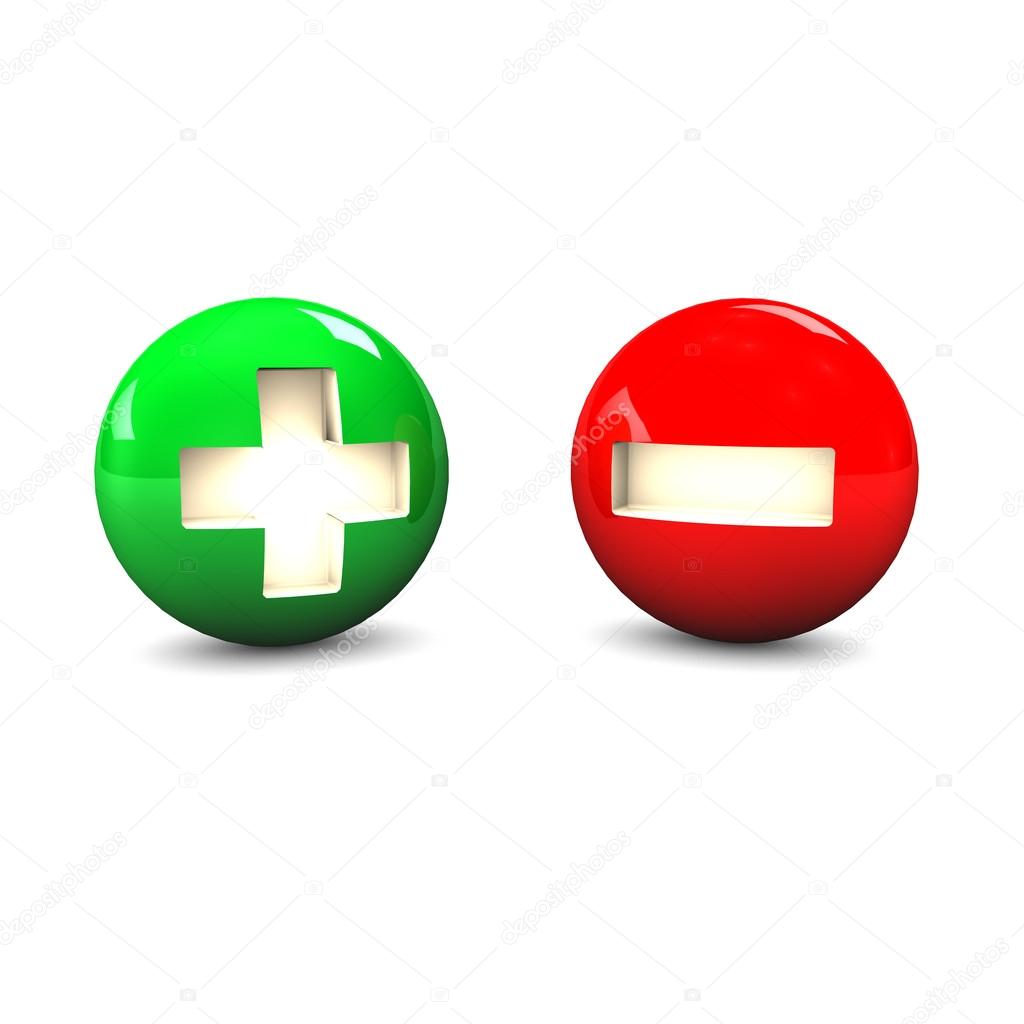Plus And Minus Betting
Reading sports betting odds can seem complicated at first glance.
Sep 10, 2013 lf l bet on team A to win how will +3 or -3 effect my bet. What do the terms plus and minus mean when betting on football? If l bet on team A to win what EXACTLY does this plus/minus mean? What does 'plus' and 'minus' mean as a sports betting term? Odds expressed in terms of money, with $100 being the standard. If the odds are minus (–), then that amount of money must be wagered to. The minus and plus signs are really important to pay attention to. Along with the number, they tell you tons of information about the bet and the match. Keep reading for more detailed explanations of what the plus and minus signs mean and how to read them. If you like betting on the go, check out which are the best sports betting apps available.
-110
11/10
1.91
What do they all mean?
All of the above numbers represent different ways to display betting odds, however they all represent the same thing.
All betting odds represent the implied probability to win a bet. The way that number is displayed is where things can differ.
Types of Betting Odds
There are three main ways to display betting odds:
- American
- Decimal
- Fractional
Each of the odds formats represent a chance of winning, just displayed in a different way.
Most sports betting sites will give you the option in how you display your sports odds, so it is important to understand how to read them.
All sports betting types will have odds attached to them: point spread, money line, total, futures, props, and more.
How to read American odds
In the United States, it is standard to use the American odds format (shocking!). Each bet will always have a plus (+) or minus (-) in front of a number greater than 100.

Take for example how the following moneyline bet odds would be displayed for the following sporting event:
Chicago Bears -196

Washington Redskins +170
Since this is a moneyline bet, these odds represent the implied probability each team has to win the game.


American odds can be broken down into two categories: favorites and underdogs.
How do Plus and Minus odds work?
Favorites Odds
When a bet is a favorite, it means the implied probability (win percentage) is greater than 50%. Favorites will always have a minus (-) sign and will always be “negative odds”. Ex: -150.
Favorite odds can be read as “to win $100”.
Meaning if the odds of a bet were -150, you would need to bet $150 to win $100. Note that you do not need bet in $100 increments.
This same ratio would apply to different bet sizes: Bet $15 to win $10, bet $1.50 to win $1, etc.
What Does +100 Mean In Betting
If you were to read betting odds of -150 out loud, you would say “minus one fifty”.
Underdog Odds
The other side of American odds are underdogs. Underdogs have an implied probability of less than 50%.
Underdog odds are always represented with a plus sign (+) in front of the number and will always be “positive odds”. Ex: +150.
Underdog odds are interpreted different than favorites. Underdog bets are betting $100 “to win” whatever the odds are.
In the +150 example, you would bet $100 to win $150. Again, you can bet any amount you would like. It doesn’t have to be $100. Ex: bet $10 to win $15, bet $1 to win $1.50, etc.
How to read decimal odds
Decimal odds are the easiest odds type to interpret. They are used by most people outside of America, most notably Europe. The Decimal format are also the easiest odds type to convert to an implied win percentage.

Decimal odds tell you what your return will be given your bet amount (or “stake”).
For example, if you bet $10 on the New York Knicks to win at odds of 2.25, your return (or “total payout”) would be $22.50 if they won.
Return does not take into account your original bet amount. Therefore your profit, or “to win” amount, would be $12.50 ($22.50 return – $10 wager).
Note that the return aspect is the key difference between Decimal and American odds. The Decimal format will tell you your return, while the American format will tell you your “to win” amount.
How to read fractional odds
What Do Betting Odds Mean
Fractional odds are simply decimal odds represented as a fraction. For example, 3/1 odds are the decimal equivalent of 4.
The biggest difference between fractional and decimal is that fractional tells you the potential profit while decimal tells you the return.
Minus
Going back to the previous example, a $10 bet at 3/1 odds would represent $30 in profit.
A $10 bet at the equivalent odds of 4 in decimal format would return $40. Subtracting your $10 bet from the return would give you your profit of $30.
Las Vegas Sports Odds
Fractional odds can be read as the first number being the potential profit while the second number is the amount you will need to risk for that profit.
For example, fractional odds of 23/20 would represent a bettor needing to risk $20 in order to profit $23.
Plus And Minus Math Games
Fractional odds are most common in horse racing and futures markets.
Related: Find more sports betting guides here